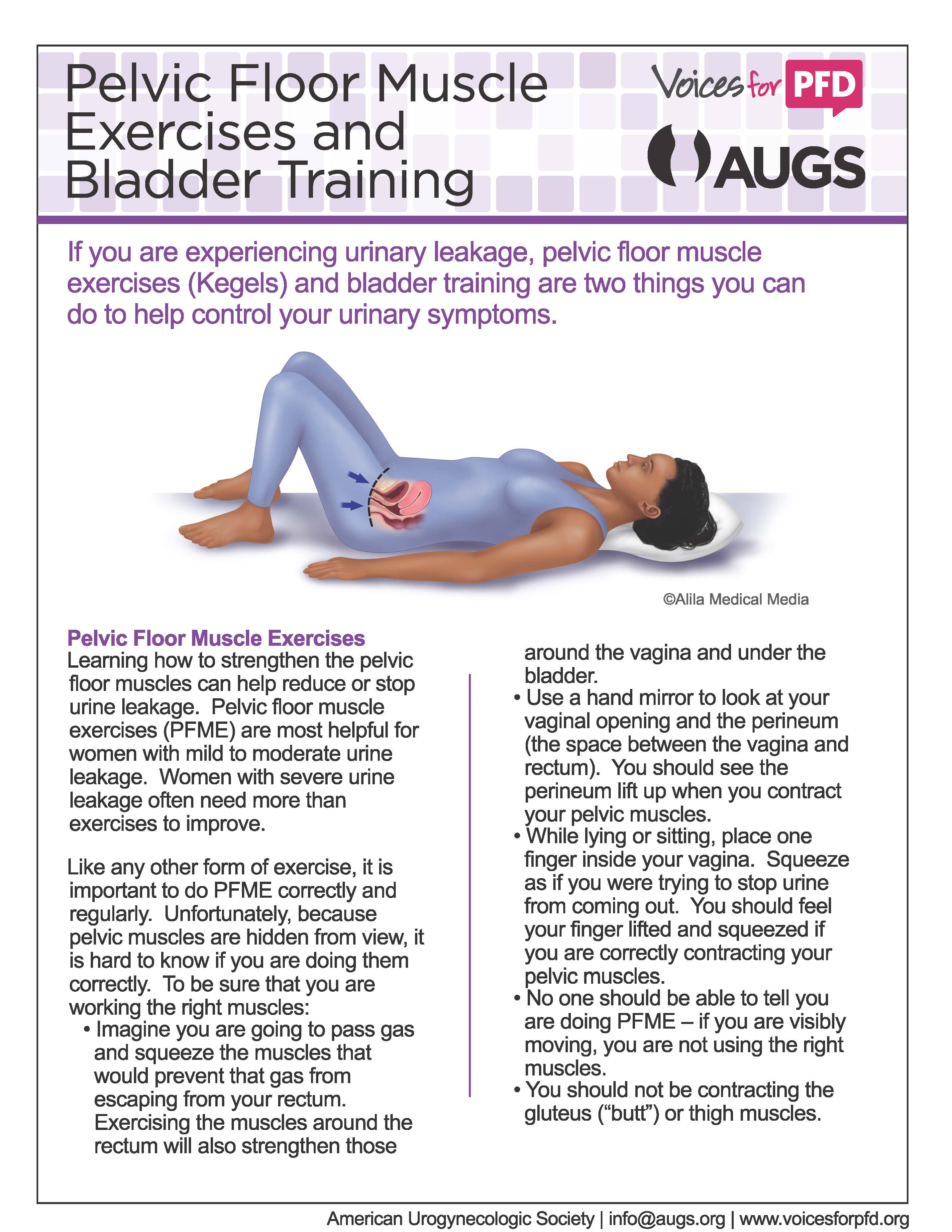
September 10, 2024
Urine Incontinence A Review
Anxiety Incontinence: Causes, Symptoms And Treatment The experience of frantically leaking urine can be an awkward problem for many individuals. Urinary system urinary incontinence is a loss of bladder control that's generally seen in older adults and women that have actually given birth or gone through menopause. Urinary system system infections (UTIs), pelvic flooring conditions and an enlarged prostate are other reasons. Estrogen and progesterone degrees raise gradually while pregnant and reach their top in the third trimester.Treatments That Create Hormone Signs
What foods quit peeing?
- Normally, the quantity of ADH in the body is higher during the night. This helps protect against urination while you are sleeping.
- However if the levels of ADH continue to be reduced throughout the night, the body will create big amounts
- of urine, so urination
- throughout the evening is most likely
- .
- Hormone control or birth
- control medication.Hormone substitute medications.Anti-androgen medications.Vaginal estrogen.Clomiphene and letrozole.Assisted reproductive technology.Metformin.Levothyroxine. The urine quantity law is preserving the electrolyte in balance. The hormonal agents that are in charge of urine volume are Aldosterone, Antidiuretic hormonal agent and Atrial natriuretic peptide. The hormonal agent estrogen plays a major role in women. It is mostly in charge of a woman's regular monthly duration, developing the thick cellular lining of the womb and launching it during the menses. It also helps the pelvic flooring to be solid and flexible, offering greater control over bladder and bowel features.
Treatments
Throughout a lady's life, from the age of puberty to menopause, the delicate equilibrium of hormonal agents coordinates a symphony of changes that can impact urinary continence and pelvic floor toughness. Often, there are modifications to your day-to-day life that can actually aid your incontinence. These changes usually include exercises you can do to enhance your pelvic flooring muscular tissues, adjustments to your regular routines and an enhanced diet plan. Some people see improvements by making these adjustments in the house and don't need added therapy. Grown-up baby diapers are among the very best services for ladies to handle this important change and remain active regardless of their estrogen deficiency. One of the most reliable therapy approaches is hormone substitute therapy (HRT). HRT supplements your body with the estrogen it no longer makes, assisting to bring back hormonal equilibrium, boosting urinary system tract health and wellness, and decreasing urinary incontinence signs and symptoms. Advise urinary incontinence, or overactive bladder, happens when you really feel a sudden and intense urge to urinate, complied with by uncontrolled urine leak. Reduced estrogen degrees can irritate your bladder muscles, causing increased level of sensitivity and overactive bladder. Your doctor will do a physical exam (and a pelvic examination for individuals AFAB) and inquire about signs and symptoms. You may require to keep a bladder journal for 2 to 3 days to monitor your liquid consumption, bathroom usage and pee leakage. https://2udlbbfu4jfp72izc.s3.us-east.cloud-object-storage.appdomain.cloud/preventive-health/urinary-retention/h.html Your notes must include what you were doing before the leakage. Symptoms of over active bladder or urge incontinence in the absence of neurologic causes are known simply as detrusor overactivity. Furthermore, much study has been carried out to strengthen the understanding of the neurophysiology of the bladder, urethra, and pelvic flooring. Lastly, interest in the medical diagnosis and therapy of incontinence is continuous.- Whenever intra-abdominal stress goes beyond proximal urethral pressure, spontaneous urine loss occurs.
- People are usually asked to keep a journal for a day or even more, as much as a week, to tape-record the pattern of voiding, keeping in mind times and the quantities of pee produced.
- Hemorrhage, infarction, or vascular compromise to certain areas of the brain can result in lower urinary system disorder.
- It does not appear that the first reason of dystrophy or cancer of external genitalia is estrogen deprivation.


Social Links